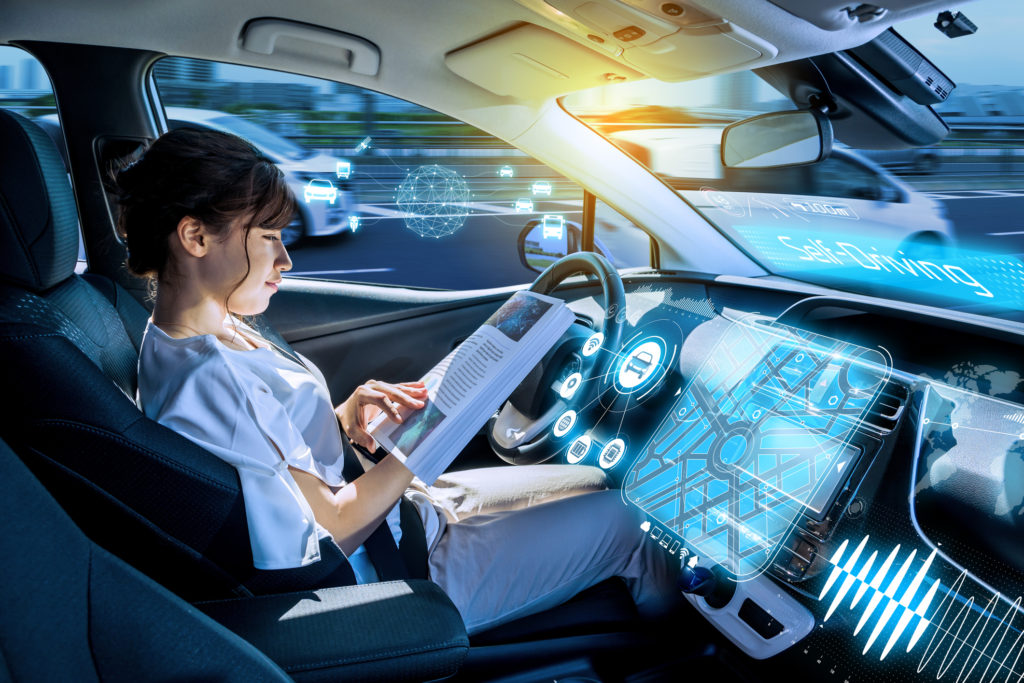AZG News Hub
Your go-to source for the latest news and informative articles.
Driverless Dreams: The Future of Commuting
Explore the exciting world of driverless cars and discover how they could transform the future of commuting!
How Do Driverless Cars Work? A Comprehensive Guide
Driverless cars, also known as autonomous vehicles, utilize a combination of advanced technologies to navigate and operate without human intervention. At the core of these vehicles are various sensors, including LIDAR, radar, and cameras, which work together to create a comprehensive map of the car's surroundings. These sensors gather real-time data about the vehicle's environment, allowing the car to detect obstacles, pedestrians, and traffic signals. Additionally, sophisticated algorithms and Artificial Intelligence (AI) play a critical role in processing this data and making split-second decisions, ensuring safe navigation.
Moreover, driverless cars rely on connectivity features that allow them to communicate with other vehicles and infrastructure, known as V2X (vehicle-to-everything) communication. This technology enhances situational awareness and can help prevent accidents by providing information about road conditions and traffic ahead. As the development of these systems progresses, regulatory aspects are also evolving to address safety and liability concerns associated with autonomous driving. In summary, the seamless integration of sensors, AI, and communication technologies is what makes driverless cars a reality today.

The Benefits of Autonomous Vehicles: Transforming the Commute
As we move towards a future dominated by technology, autonomous vehicles have emerged as a revolutionary solution to transform our daily commutes. One of the primary benefits of these self-driving cars is the potential for increased safety. According to studies, human error accounts for over 90% of traffic accidents, which means that the implementation of autonomous vehicles could drastically reduce this statistic. With advanced sensors and AI-driven algorithms, these vehicles are designed to make split-second decisions that could prevent collisions and save lives.
In addition to enhanced safety, autonomous vehicles promise to improve traffic efficiency and reduce congestion. By communicating with each other and following optimized algorithms for navigation, self-driving cars can adjust their speeds and routes in real-time, minimizing delays. This could lead to smoother flows of traffic and shorter commute times, allowing individuals to spend less time on the road and more time enjoying their lives. As urban areas continue to expand, the integration of autonomous vehicles could be key to developing smarter and more sustainable transportation solutions.
Are We Ready for a Driverless Future? Addressing Safety and Ethical Concerns
As we stand on the brink of a technological revolution, the question of whether we are ready for a driverless future looms large. Proponents argue that autonomous vehicles can significantly reduce traffic accidents caused by human error, which accounts for over 90% of all crashes. Yet, the transition to a driverless society raises numerous safety concerns. For instance, who will be held accountable in the event of an accident involving a self-driving car? The complexities surrounding liability and legal ramifications present a significant hurdle that must be addressed before we fully embrace this technology.
Beyond safety, ethical dilemmas are at the heart of the driverless debate. When faced with an unavoidable accident, how should an autonomous vehicle prioritize the lives of its passengers versus those of pedestrians? This unpredictability raises questions about the programming of algorithms, which need to reflect societal values and moral choices. As we advance towards a fully automated transportation system, it is crucial that we engage in open discussions about these ethical concerns. Only by addressing both safety and ethical considerations can we ensure that our progression toward a driverless future is both responsible and beneficial for society.